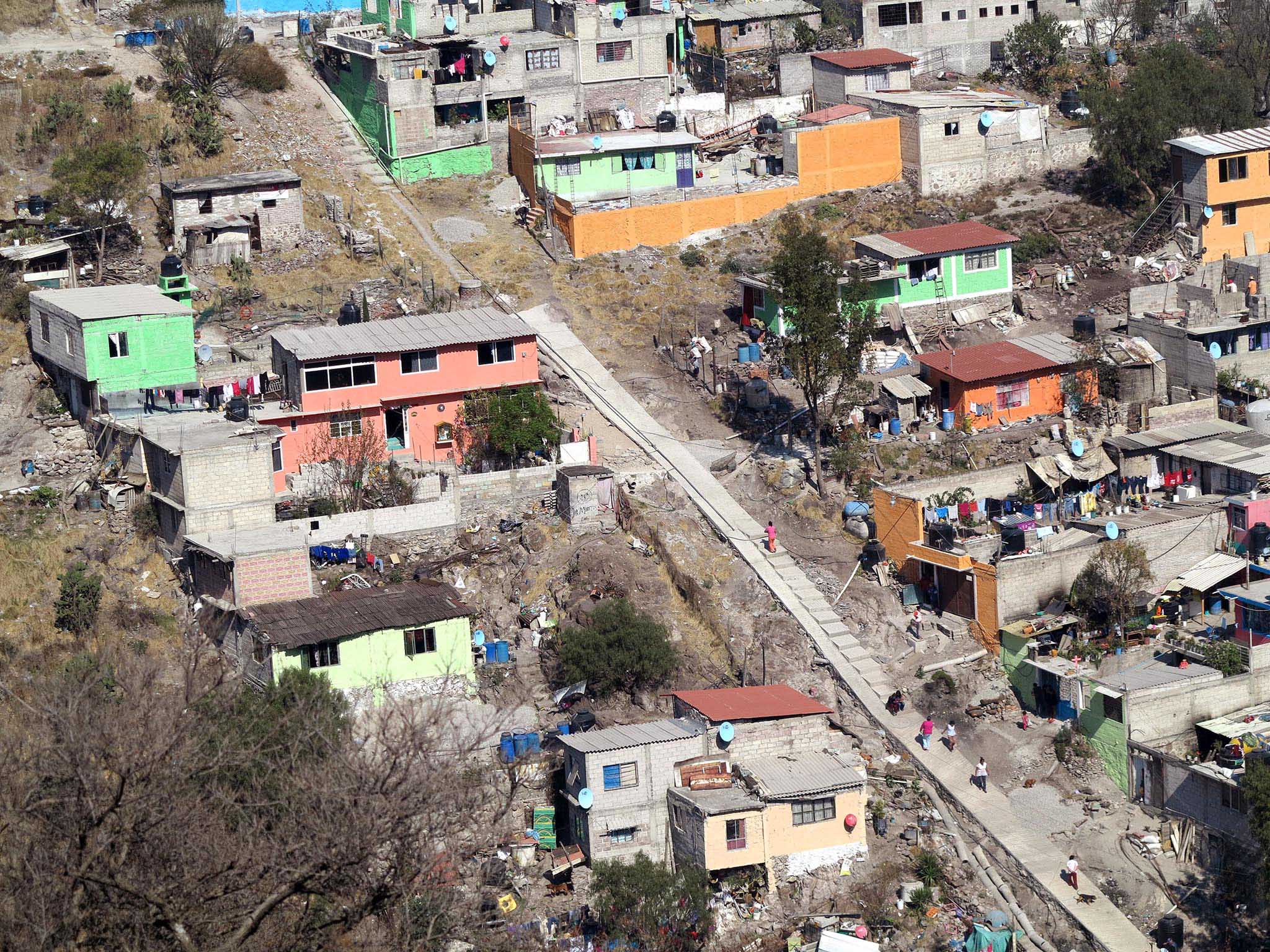The world has never known cities as big as the megacities of the 21st century. Big. That is the principle characteristic of Mexico City. So big that it has outgrown its own administrative limits, leaving the city as a whole officially nameless. So big that for some places of employment it really it isn’t necessarily closer to live in the city at all – you might as well live in the provinces and cut down on your commute. So big that it encircles mountains, and families and friends can grow apart due to the sheer distance of living in the same city.
Though we know it is big, and can see its size on maps, we don’t really perceive its size. Like an ocean we only see part of the megacity of Mexico and so Mexico-Tenochtitlan is spoken of as infinite, boundless, limitless. So vast as to be unknowable, beyond comprehension, a jungle, a sea, a universe.
In reality though, Mexico City is not infinite. It has a beginning and an end. It is not fundamentally unknowable. Patterns repeat themselves throughout the urban fabric. The city’s history is written on its walls and in the refuse along its storm-drains, in the names of subway stations and the little white crosses marking deaths in the street.
The way to know something too big too perceive is through its parts. So just like a seafarer of old who would sail around an island to see how large it was, this project deals with the edge of the Greater Mexico City Area in the hope that it will tell us something about the size and complexity of the city it encircles.
Man is the measure of all things human. To know how big Mexico City is compared to, for example, a living room, you need to bring both under a common denominator. In this case the common denominator is the footstep. By walking around the edge of this megacity, I hoped to get an idea of the human scale of the city. I myself became the slightly overweight, at times frightened, easily distracted and often clumsy unit of measure for this project.
As the walk continued and the city stretched out before me, determining my route, zigzagging, capriciously climbing up hills, slithering through ravines, day after day, week after week, it began to acquire a personality. I imagined the city as a whale and me some miniscule sea creature crawling over it, the city moving slowly and gracefully according to its own laws and me frantically scrambling, a water flea on the leviathan’s skin. My imagination went so far as to make me feel that the city permitted me to pass and that I was but a single presumptuous step away from exhausting its patience.

I had been told it would be dangerous. At the end of my walk I understood that the dangers of getting run over while crossing a freeway, falling when clambering up some ravine or twisting my ankle while crossing a field of tall grass were in reality greater than murder or mugging and harder to avoid. Lucky or not I was not mugged or otherwise harmed and it was finally a hill, el Cerro de los Tres Picos, which sent me limping to a medical clinic.
As time went by I found myself oddly reminded of my childhood. The edge of the city is full of odd in-between spaces, the space between the freeway and housing complexes, the space between a fence and a hedge, the space behind a playground, which you rarely visit as an adult. Children loitering and playing still find these places leaving behind their childish scrawls. And as time went by I found myself regaining some of the quirks of childhood, stopping to look at ant carrying a twig to their anthill or picking up oddly shaped pieces of metal or glass and only with great regret dropping them once more.
Feeling constantly vulnerable and exposed after weeks wandering the urban landscape left me exhausted. I felt the presence of people very strongly, as if they were amplified. I became increasingly understanding of vagrants for whom the distance to another human being, the actual approach and talking to them seems an enormity. Though their presence as a kind of background hum of the city was pleasant and comforting. I talked to myself and became a person who sits on a sidewalk in the dust without apparent purpose munching on a packaged muffin.
Normally we are always where we want to be or on our way there. We create our own image of the city, edited according to our wants and prejudices. When you take a random route over a great stretch of city you no longer see the city made up of things you want to see or places you want to be. You see the city as it presents itself.
In the end my voyage around the edge of the Greater Mexico City Area took 51 days. This is the city I saw.

